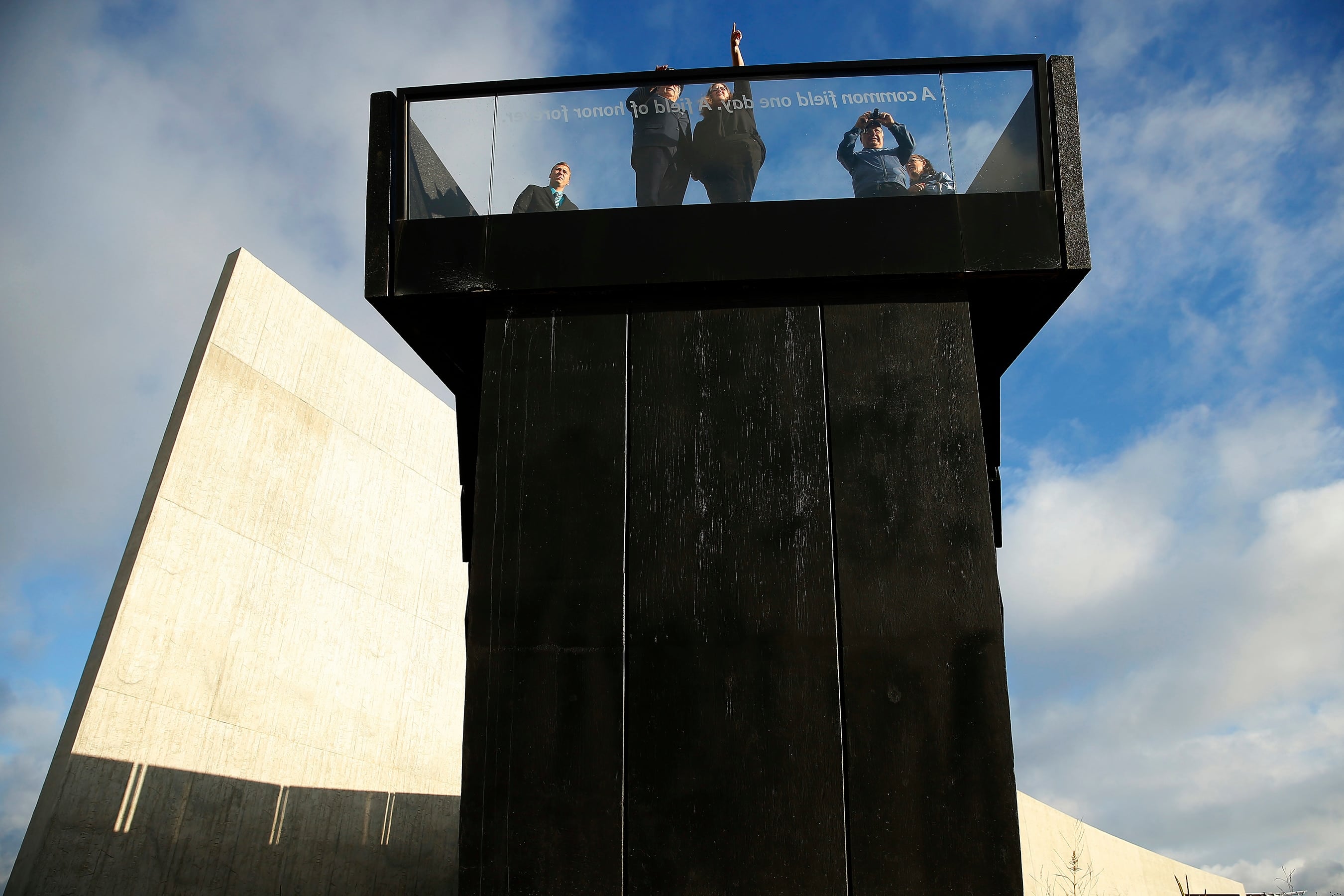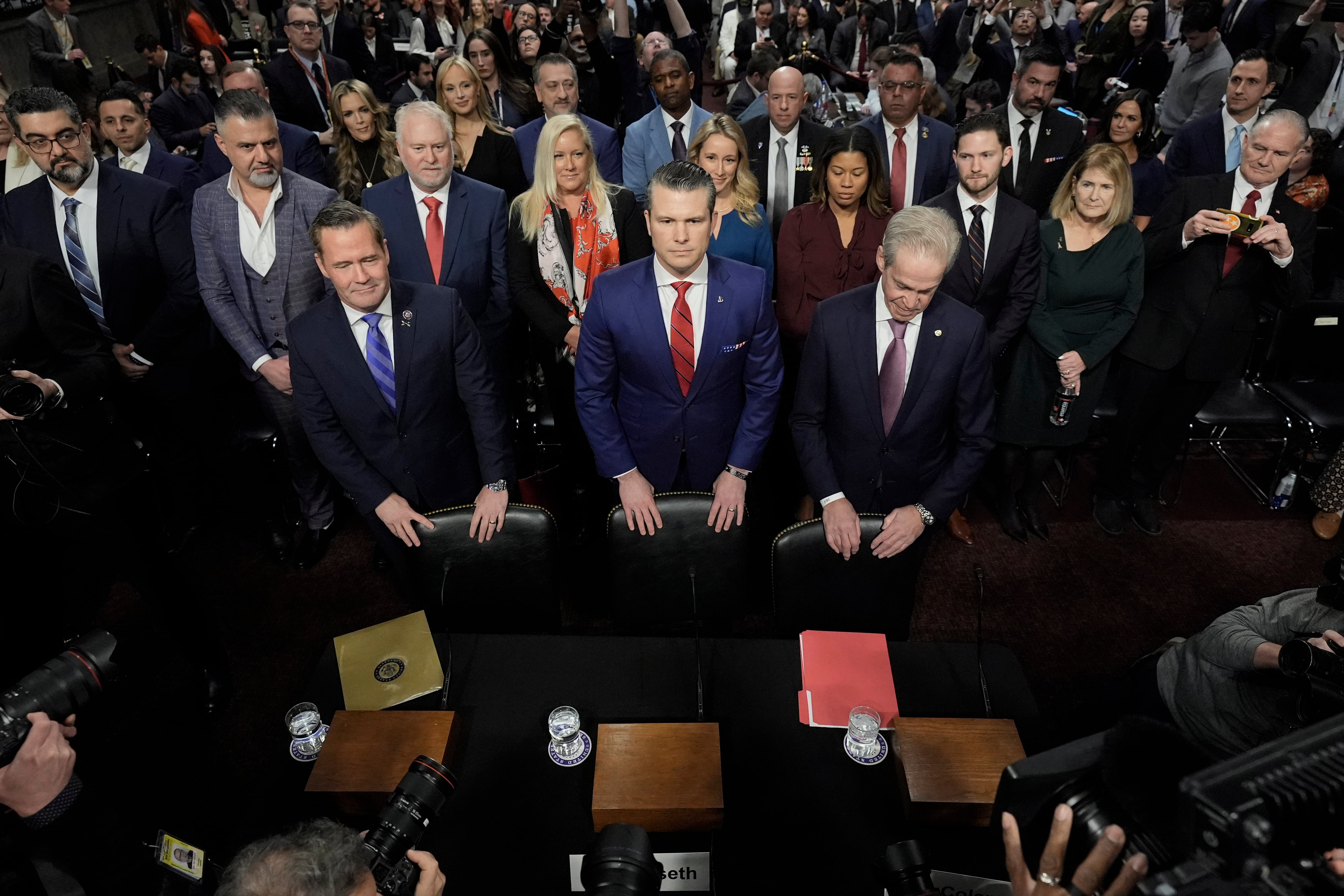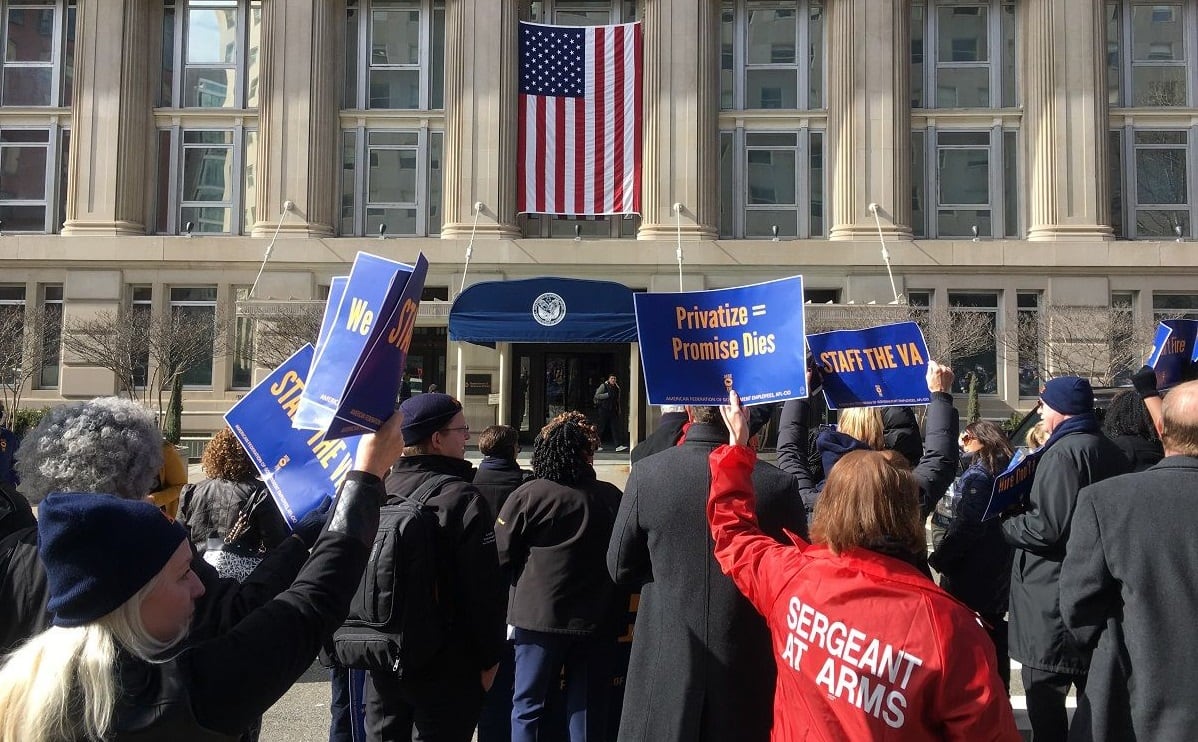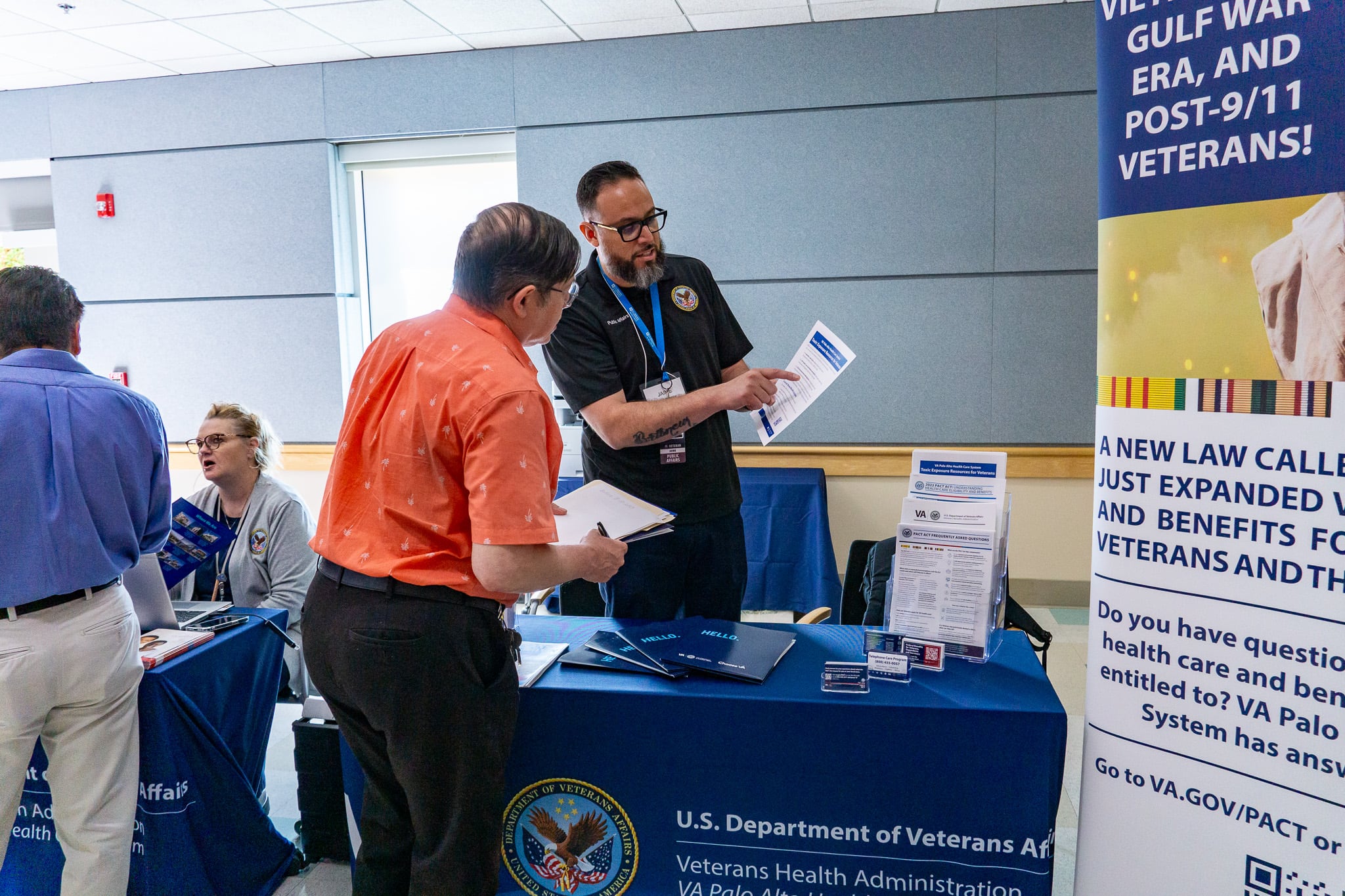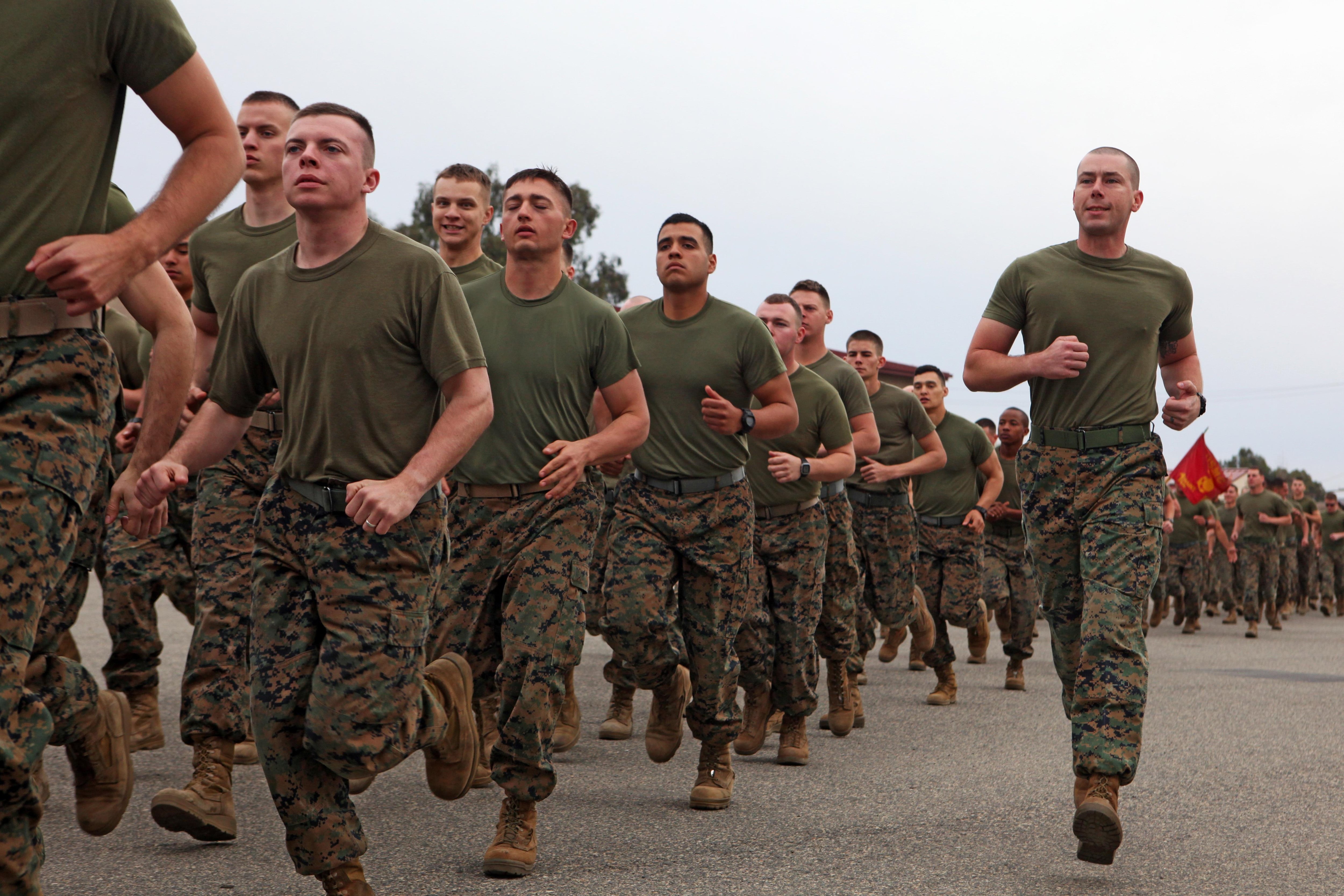After four deployments in five years, he was making one more.
The chief had been on four deployments with his last two commands, which included the heavily deployed aircraft carrier Carl Vinson. Now he was assigned for a year to a cruiser out of San Diego, a short tour that his detailer and the boat's top enlisted leader had assured him would not include another deployment.
But maintenance problems, budget cuts and manning shortfalls have played hell with Navy schedules. Ships have been forced to make often unplanned and ever-longer deployments as the service tries to catch up. One ship wasn't ready, so the chief's ship got the call.
"I came home, my wife came back from work and the first thing I said was 'Honey, I want to sit down and talk about something,' " said the chief, who asked that his name not be used. "And she knew immediately: 'You're going, aren't you?' "
He had told his wife only what he'd been told — that he wasn't making any more deployments, that the billet he signed up for was short-term. Coming up on the 20-year retirement mark, he had assured her that his days of deploying were over.
"She was kind of left holding the 'Well, I thought' bag," he said. "And that bag gets heavy real quick. That's when things get bad ... angry tears, spiteful words. She'll say, 'You said this and you said that,' and what am I supposed to say? That's the way it was supposed to be, and now it's not."
Thirteen years of high-intensity ground combat comes to a close in December. But many troops across the force are still grinding like it's 2009, with individuals seeing very little, if any, decline in the overall operational tempo.
And with both budgets and force size shrinking, many service members say they are doing the same amount of work with fewer people and less money.About 38 percent say it's unchanged, and only 14 percent say they feel less busy compared to with five years ago, when deployments peaked for the wars in Iraq and Afghanistan.
No one single overseas operation consumes today's force, yet new and disparate missions continue worldwide. The newly named Operation Inherent Resolve that is drawing the U.S. military back into Iraq is only the latest example.
Thousands of soldiers are deploying to West Africa to help fight Ebola. And thousands more are now operating in and around Eastern Europe in an effort to deter Russian military aggression.
Supporting the relatively small number of boots on the ground in Iraq and Afghanistan will continue to require massive support from troops in other parts of the U.S. Central Command region.
And the Pentagon brass are not giving up on their 2012 plans to "pivot" the national security strategy to the Asia-Pacific region, where all four services are doing more low-intensity operations that keep the U.S. force present and training with allies in the region.
For the Navy chief, and tens of thousands of service members like him, the end of the war in Iraq and the winding down of the war in Afghanistan have offered no respite from difficult conversation at the kitchen table about yet another deployment.Faced with a growing array of disparate assignments, many troops feel a sense of force-wide mission creep that creates a sometimes tenuous link between their traditional training and the missions the military is now undertaking.
Defense Secretary Chuck Hagel directly addressed that point on a recent trip to Fort Campbell, Kentucky, when he spoke to soldiers getting ready to deploy to West Africa in support of the mission to help contain the Ebola virus.
"I know the question is obvious: What is our military doing involved in a mission like Ebola? And it's a legitimate question," Hagel said on Nov. 17 in a town hall setting before any soldier had even raised the issue.
"But you all understand the perils, the threats. … The challenges and threats that face our country in the world today are not just from Islamic fundamentalists or from terrorists. Yes, that's a real threat. That's a threat we are dealing with," Hagel said. "But pandemic health diseases and pandemic health threats threaten the world. Ebola is part of that overall scope of threats."
Spc. Zack Stafford, an infantryman with the Army's 82nd Airborne Division, said he's trained to fight and is uncomfortable with today's missions in Iraq and Afghanistan, where a primary task for many combat troops is training locals and adhering to high-level policies that restrict direct ground-level engagement.
"With infantry units, we need to go over there and try to kill the enemy, not try to be friends with them," said Stafford, 28. "Our mission right now is not really suited to my kind of unit. But you know, we'll do what we are told to do."
When asked if he wants to go back to Iraq to confront the extremists known as the Islamic State, he said he would welcome a new combat deployment — but he'd also prefer a mission that is clear-cut and unambiguous.
But as Hagel told the troops at Fort Campbell, today's military plays a far wider role in the world than simply as a combat force.
"We have, in our enterprise, unique capabilities that no other institution in the world has," he said. "You understand that better than anyone. You're a part of that."The end of major combat operations and a shift to nontraditional missions is placing new and unique pressure on the special operations community. While the Pentagon's planners are studiously avoiding large-scale deployments of ground troops, the small teams of highly skilled men, including Army Special Forces, Navy SEALS and others, are working harder than ever.
"We're very exhausted from a very high ops tempo," said an Air Force lieutenant colonel who now serves as a doctor with the special operations forces.
He fears that 13 years of breakneck pace has worn down the nation's elite warriors. "Special operations is for limited scope, limited time, high-threat, high-risk activities, but not repeated deployments over and over. And that's how we're being used," he said.
Today, special operations troops make up a large percentage of dwindling number of U.S personnel on the ground in Iraq and Afghanistan. They are also deployed in dozens of other countries, many in operations that are classified.
The doctor worries that if special operations forces are ground down and decide to leave the service, it's going to be incredibly tough to replace those highly trained troops. He said he already has seen "more than a few" extremely talented special operators leave because the operational tempo has been too strenuous and placed too much strain on them and their families.The end of the wars, combined with mounting pressure on the Pentagon's budget, is forcing the military to make steep reductions in the size of the force. The Air Force is cutting 20,000 airmen this year. The Marines are whittling an end strength north of 200,000 down to 174,000 by 2017.
In the Army, nearly 22,000 soldiers departed in 2014 and its not yet clear when reductions in that service might stop. The Army has shed more than 60,000 soldiers since it began a drawdown in 2010 and faces the possibility of losing 80,000 more by the end of the decade.As one Air Force captain in the security forces put it: "The overall mission doesn't change, but the resources you have to accomplish that mission just keeps shrinking."
An Air Force tech sergeant told Military Times that cuts have whittled his unit from 10 airmen to eight, with two more deploying this year. That means his airmen pull 60-hour work weeks to catch up, which has eaten into morale.
"We're all pretty 'Type A,' high-energy, high-motivation people," he said. "So we get the job done. We bitch about it a little bit, but we generally do our best. But it is more stressful."
For the Army and Marine Corps, the force structure that expanded during wartime is now contracting, leaving plenty of work for those who remain.
And while large-scale deployments have slowed, many soldiers feel just as busy as they support smaller missions and catch up on training that was delayed at the peak of the wars."It hasn't changed. ... We are not going overseas, but we are going to Fort Stewart, we are going to Texas, we are going to Indiana for different training events," said Army Staff Sgt. Chris Sandoval, an operations noncommissioned officer for a medical training center at Fort Bragg, North Carolina.
"All these little things you've got going on … take you away from the unit for an extended period of time," Sandoval said in an interview.
Specific communities are seeing demand for their skills continue to soar. Aircraft mechanics have been especially hard hit. Commanders' need for deployed aircraft has changed very little as new missions continue to require mobility and a steady flow of intelligence, surveillance and reconnaissance assets.
Faced with an aging fleet, thousands of men and women from all four services who are tasked with maintaining aircraft are working overtime to keep planes and helicopters in the air.Spc. David Potocnik, 33, stationed at Fort Carson, Colorado, with the 4th Aviation Regiment, 4th Combat Aviation Brigade, said the long hours are wearing out him and his unit out.
"If you're in a flight company, you compare it to a factory worker. You might work night shifts for a month, then you work days. But here, it's daily. You come in Monday morning, then you'd have a Tuesday night flight, then you come in Wednesday morning. It bounces all over," Potocnik said.
"People are just burned out," he said. "They're just exhausted. They can't see working these long, horrendous hours, and you don't have any sort of stability."
Today's force is more highly specialized than ever before, and those specialty skills are in near-continuous demand. The force's corps of explosive ordinance disposal units are often tapped to train allied militaries. Intelligence professionals struggle to keep up with the new data that flows in every day.
In October, the Army summoned hundreds of combat engineers to deploy to West Africa and help fight Ebola. And senior leaders feared that the active component might not be able to handle the first-of-its kind mission, prompting President Obama to authorize mobilization of the National Guard and Reserves if needed.
Many service members watch with alarm as the new mission in Iraq continues to incrementally expand, most recently on Nov. 7 when Obama doubled the number of authorized troops to a total of 3,000.
"We are so tired," said the aviation machinist mate from California. "It's kind of a punch in the gut. I'm going back to sea duty and it's really disappointing that we are going back to Iraq and Syria. I foresee a lot of time away from my family."
Staff writers Andrew Tilghman, Stephen Losey, Michelle Tan and Hope Hodge Seck contributed to this story.![RG Video How we did it[ID=19898135] ID=19898135](https://presto-ggm.gannettdigital.com/Portals/_default/Skins/PrestoLegacy/CommonCss/images/embed.jpg) From July 8 through Aug. 7, 2014, Military Times conducted a voluntary, confidential survey of readers who include active-duty, National Guard and reserve component service members as well as military veterans, retirees and spouses.
From July 8 through Aug. 7, 2014, Military Times conducted a voluntary, confidential survey of readers who include active-duty, National Guard and reserve component service members as well as military veterans, retirees and spouses.
About 70,000 subscribers received e-mail invitations to participate. Others were recruited via social media. In total, about 10,000 respondents completed the survey, including 2,299 who identified themselves as current active-duty personnel.
The sample is not a perfect representation of the military as a whole; it over-represents soldiers, officers and noncommissioned officers, and under-represents junior enlisted personnel. However, it is representative of the more senior and career-oriented members of the force who run the military's day-to-day operations and carry out its policies.
After the survey's completion, Military Times reporters spent several months interviewing dozens of active-duty survey respondents, speaking with them in detail about their views on military life today. In some instances, service members asked not to be identified so they could speak more candidly about military policy, senior leaders and political views.
Military Times has conducted a similar survey routinely for the past 10 years. Survey data cited from years prior to 2014 are based on those survey results. This is the only long-term, independent tracking survey of its kind.
The voluntary nature of the survey, the dependence on e-mail and the characteristics of Military Times readers may affect the results. Statistical margins of error commonly reported in opinion surveys that use random sampling can't be calculated for this survey.
Reporters and researchers with questions about the methodology and analysis may contact staff writer Andrew Tilghman at atilghman@militarytimes.com.
David B. Larter was the naval warfare reporter for Defense News.
